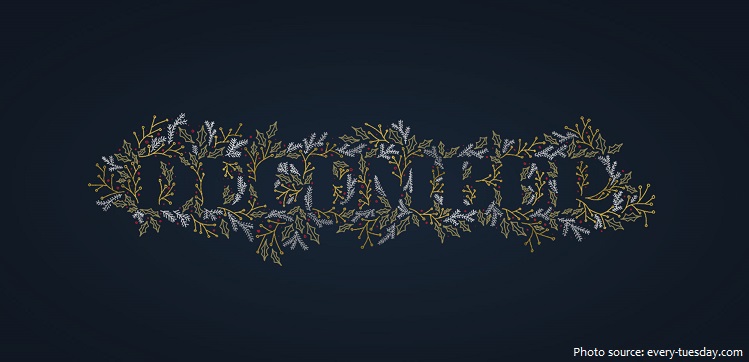
December is the twelfth and final month of the year in the Julian and Gregorian calendars.
It is the last of seven months to have a length of 31 days.
December got its name from the Latin word decem meaning ten – because it was originally the tenth month of the year in the calendar of Romulus c. 750 BC which began in March. The winter days following December were not included as part of any month. Later, the months of January and February were created out of the monthless period and added to the beginning of the calendar, but December retained its name.
In the Northern Hemisphere, the meteorological winter begins on 1 December and the beginning of the traditional winter is 21 December. In the Southern Hemisphere, the meteorological summer begins on 1
December and traditional summer begins on 21 December.

The December solstice on December 21 or 22 is also known as the winter solstice. It is the shortest day of the year in the Northern Hemisphere and marks the beginning of the (astronomical) winter season there. In the Southern Hemisphere, it is called the summer solstice. There, it is the longest day of the year and the beginning of the (astronomical) summer season.
Christmas is an annual festival commemorating the birth of Jesus Christ, observed most commonly on December 25, as a religious and cultural celebration among billions of people around the world. The New Testament gives no date or year for Jesus’ birth. The earliest gospel – St. Mark’s, written about 65 AD – begins with the baptism of an adult Jesus. This suggests that the earliest Christians lacked interest in or knowledge of Jesus’ birthdate.
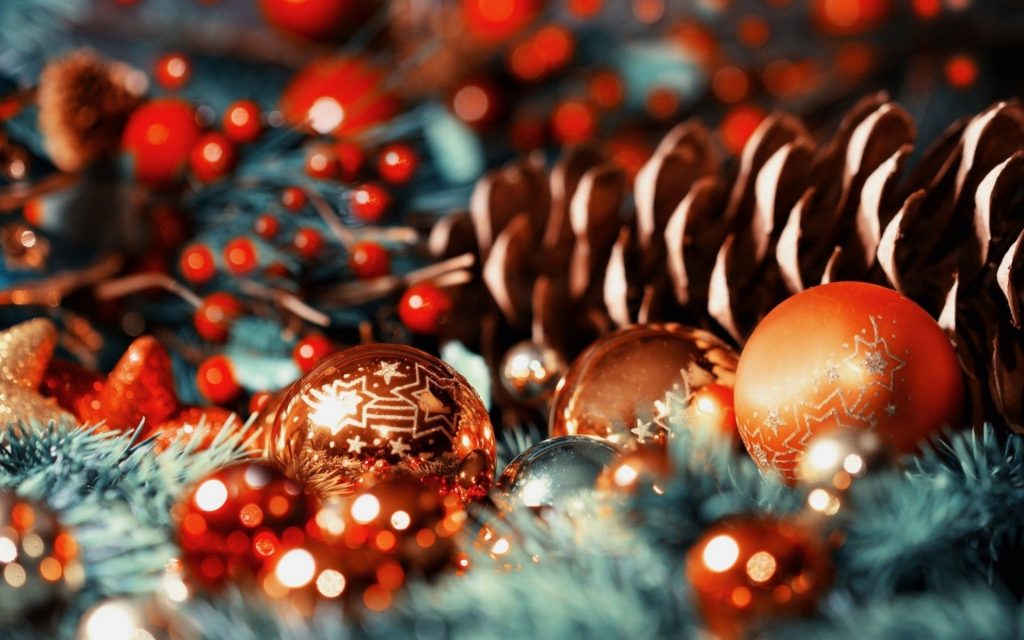
The night before Christmas is known as Christmas Eve. Christmas celebrations in the denominations of Western Christianity have long begun on Christmas Eve, due in part to the Christian liturgical day starting at sunset, a practice inherited from Jewish tradition and based on the story of Creation in the Book of Genesis: “And there was evening, and there was morning – the first day.
As the last month of the year in the Gregorian calendar, December ends with New Year’s Eve on December 31. Many people around the world count down to the new year and celebrate with fireworks and well-wishes. Although in many other cultures, the new year begins on very different dates.
December 1 is National Christmas Lights Day – In many countries, Christmas lights, as well as other Christmas decorations, are traditionally erected on or around the first day of Advent. The custom goes back to when Christmas trees were decorated with candles, which symbolized Christ being the light of the world. This custom was borrowed from pagan yule rituals that celebrate the return of the light of the sun as the days grow longer after solstice: the evergreen trees symbolising the renewal and continuance of life in dark times.
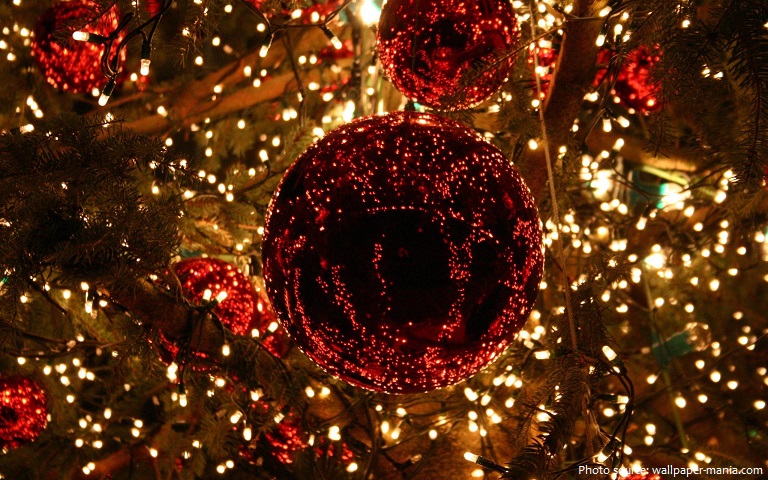
December 4 is National Cookie Day – The earliest cookies are thought to date back to 7th century AD Persia (now Iran), shortly after the use of sugar became relatively common in the region. They spread to Europe through the Muslim conquest of Spain. By the 14th century, they were common in all levels of society throughout Europe, from royal cuisine to street vendors. Cookies came to America through the Dutch in New Amsterdam in the late 1620s.
December 8 is National Brownie Day – It’s easy to see that the brownie got its name from its dark brown color. The brownie, one of America’s favorite baked treats, was born in the US. However, there is no clear record of how brownies were first made.
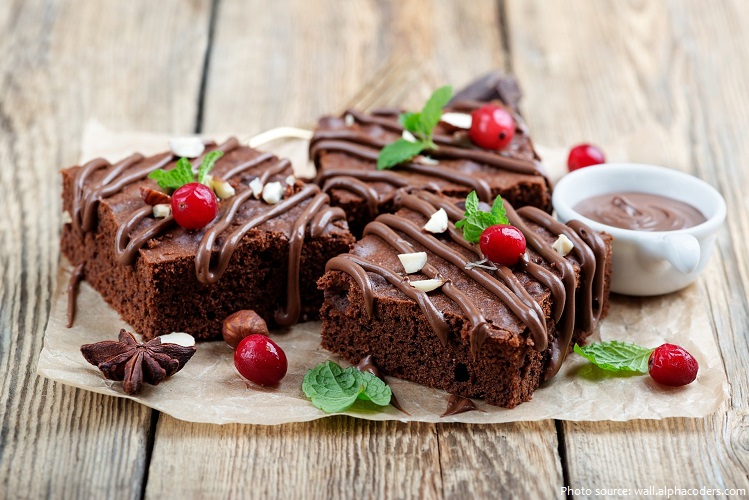
December 12 is Gingerbread House Day – The tradition of making decorated gingerbread houses started in Germany in the early 1800s. According to certain researchers, the first gingerbread houses were the result of the well-known Grimm’s fairy tale “Hansel and Gretel” in which the two children abandoned in the forest found an edible house made of bread with sugar decorations. After this book was published, German bakers began baking ornamented fairy-tale houses of lebkuchen (gingerbread). These became popular during Christmas, a tradition that came to America with Pennsylvanian German immigrants.
December 15 is National Cupcake Day – The cupcake evolved in the United States in the 19th century, and it was revolutionary because of the amount of time it saved in the kitchen. There was a shift from weighing out ingredients when baking to measuring out ingredients. Since their creation, cupcakes have become a pop culture trend in the culinary world. They have spawned dozens of bakeries devoted entirely to them. According to Google, “cupcake recipes” are the fastest growing recipe search.

December 17 is National Maple Syrup Day – Maple syrup is the perfect topping for pancakes, waffles, and more. During the spring, warmer temperatures force sugar maple trees to turn their stored starches into sugar. When the sugar mixes with groundwater, sap is formed. It takes a whopping 40 gallons of sap to produce just 1 gallon of maple syrup.
December 21 is National Hamburger Day – The exact origin of the hamburger may never be known with any certainty. The Library of Congress credits Louis Lassen, a Danish immigrant, owner of Louis’ Lunch in New Haven, Connecticut as the creator of the hamburger as we know it. Some historians believe that it was invented by a cook who placed a Hamburg steak between two slices of bread in a small town in Texas, and others credit the founder of White Castle for developing the “Hamburger Sandwich.” Records from that time are scarce, however.
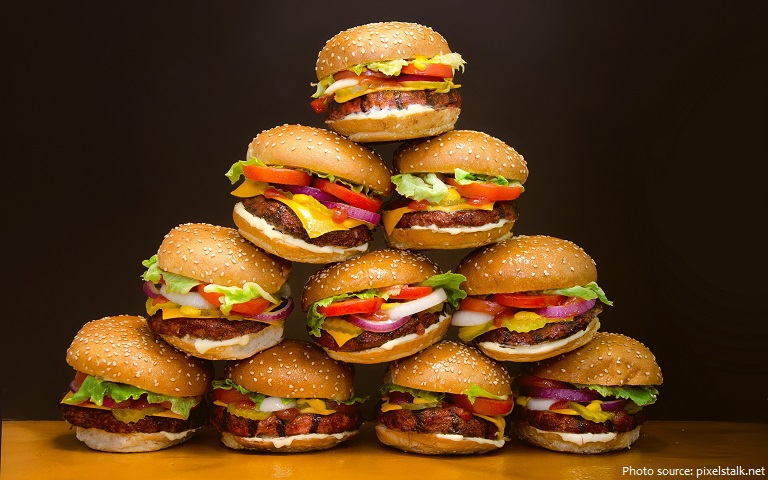
December 26 is National Candy Cane Day – Candy canes are the No.1 selling non-chocolate candy during the month of December, with 90 percent of the red and white striped treats sold between Thanksgiving and Christmas. It is a traditional candy of the Christmas holiday, but you can find them during the rest of the year.
December 30 is Bacon Day – Bacon’s history dates back thousands of years to 1500 BC in which the Chinese were curing pork bellies with salt, creating an early form of bacon. The English bacon tradition dates to the Saxon era in the 1st millennium AD. Bacon, in the modern sense, is a product of the British Isles, or is produced to British methods…Preserved pork, including sides salted to make bacon, held a place of primary importance in the British diet in past centuries.
December’s birth flower is the narcissus.
December’s birthstones are the turquoise, zircon, and tanzanite.
The zodiac signs for the month of December are Sagittarius and Capricorn.
